Edward Schneider, Ph.D.
Trustee Edward Schneider Ph.D., currently serves as President and Executive Director of BRIT, but has also served as the director of Santa Barbara Botanic Garden and University of Minnesota Landscape Arboretum and ushered those organizations into the CPC network. For his efforts at these three institutions, he was awarded CPC’s Star Award this year.
Where did you grow up? What is your favorite hometown plant?
I had the privilege of growing up in Cashmere, Washington, small town in the apple and fruit country. This upbringing instilled in me at an early age the economic importance of plants. My favorite hometown plants were the conifers and fir trees that populated the countryside landscapes.
When did you first fall in love with plants?
During my high school years. I had the good fortune during my junior-senior year to be part of a National Science Foundation Grant at the University of Nevada, Reno where I spent a summer doing study and research at the Desert Research Institute (DRI) with Dr. Fritz Went.
What was your path to becoming Director of a botanical garden (i.e., education, career path)?
After completing a doctorate in botany at the University of California, Santa Barbara (UCSB), I began an academic career at Southwest Texas State University in San Marcos, TX. Ascending through the professorial ranks, I eventually was appointed Dean for the College of Science. I found the administrative functions rewarding, including donor prospecting. One day a former mentor at UCSB called and asked if I would consider running the Santa Barbara Botanic Garden. The rest is history.
When you aren’t busy saving plants, what do you like to do with your free time?
My wife Sandy and I love to travel, visit gardens and explore natural areas.
When did your garden become a CPC Participating Institution? Do you know – and can you share – the impetus for joining?
Actually, I’ve guided four Gardens into the CPC Participating Institution network: Santa Barbara (1995), University of Minnesota Landscape Arboretum (2009), Botanical Research Institute of Texas (2016), and the Fort Worth Botanic Garden (2018). In each garden, geographic location and the need for Plant Conservation were the driving forces for joining CPC.
In your opinion, how has your garden benefited from being a CPC participating institution?
Numerous benefits and rewards come to Participating Institutions: knowing that your efforts help save plants; networking with local, regional and state-wide individuals who share the same concerns for saving plants; participation in the annual CPC meeting with colleague’s from other gardens who are doing the same kind of work; and increased visibility for the garden among community members, donors, and philanthropists.
What aspect of your garden and its work are you most proud of?
If we are still focused on the outcomes for conservation work, I am most proud to have witnessed the capacity of each Participating Institution garden to expand; to see conservation become a growing element of the garden’s mission, and most important to prevent loss of our critically imperiled plants.
What accomplishment are you most proud of achieving as Director of your garden?
Ensuring the financial stability of the Garden and its programs and growing revenue streams that add new resources to existing and new program expansion. Encouraging the professional development of staff to become leaders in their program areas.
What is the biggest challenge you face as Director of your garden?
Providing the resources needed by staff and keeping programs relevant to stakeholders.
What do you think is the single most important thing your garden does to save plants?
Forming collaborative networks and improving channels of communication among all constituents.
What is your favorite National Collection species?
All of them are my favorite (and I especially liked the watercolor images done by Bobby Angel as part of a CPC commission), but if I had to choose one, my favorite is the Minnesota dwarf trout lily (Erythronium propullans).
Why do you think it is important for Garden Directors to be represented on the Board?
Garden Directors have played a critical role, historically, as all PIs were Gardens. With the CPC network expanding, other type of institutional Directors, institutions that are not gardens, but also play a critically important role in conservation, may be asked to join the CPC Board of Directors. Looking forward, the role of Garden Directors needs study and clarification.
What prompted you to agree to become a Trustee for CPC? What unique perspective do you think you bring to the board?
I was asked by the CPC Director to please consider the position, which I gladly accepted. I bring the perspective of successful administration of multiple institution, skills in governance, fundraising, and the building of collaborations.
What excites you the most for CPC moving forward?
Expanding the CPC network and the partnership with San Diego Zoo Global.
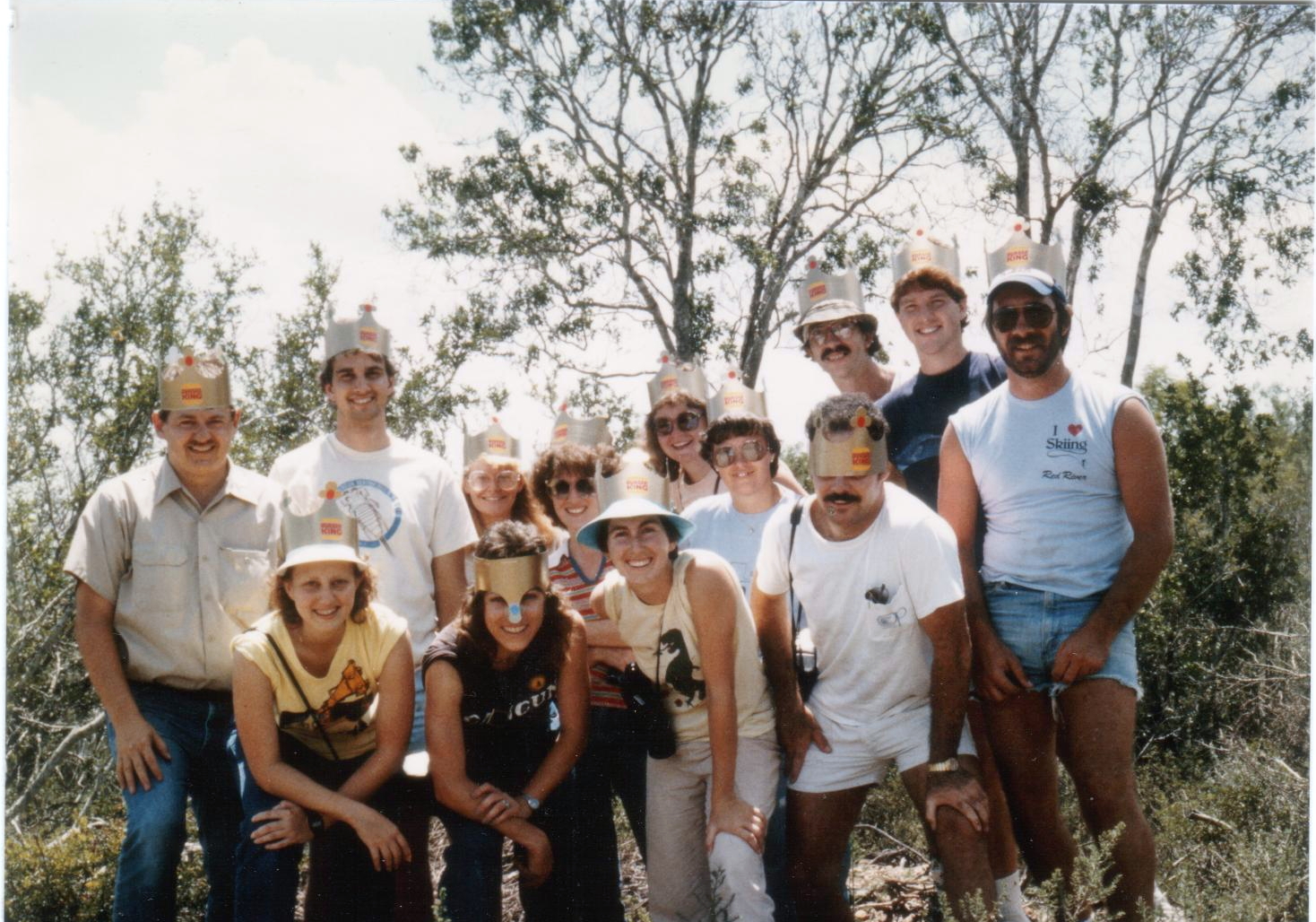
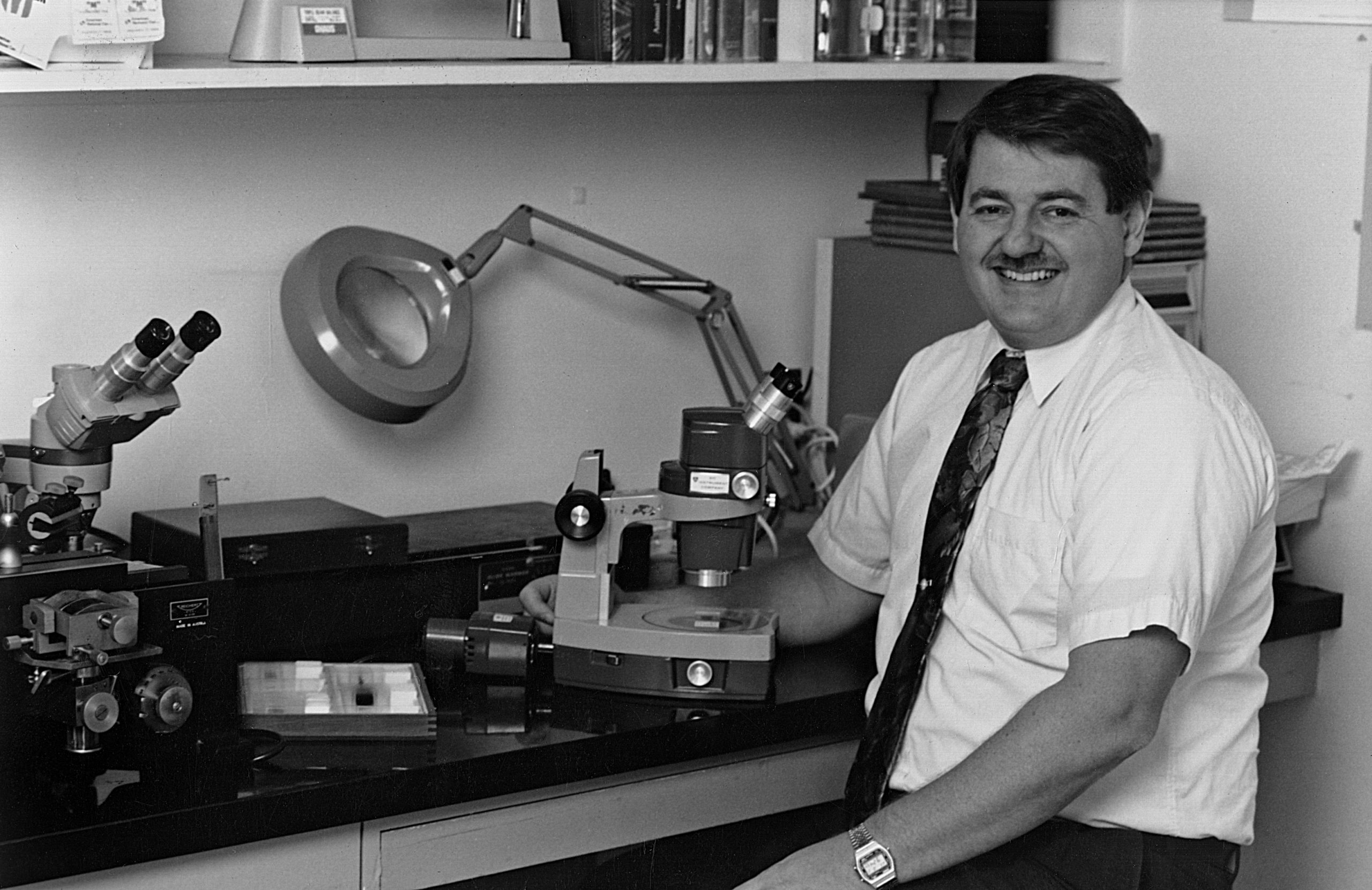
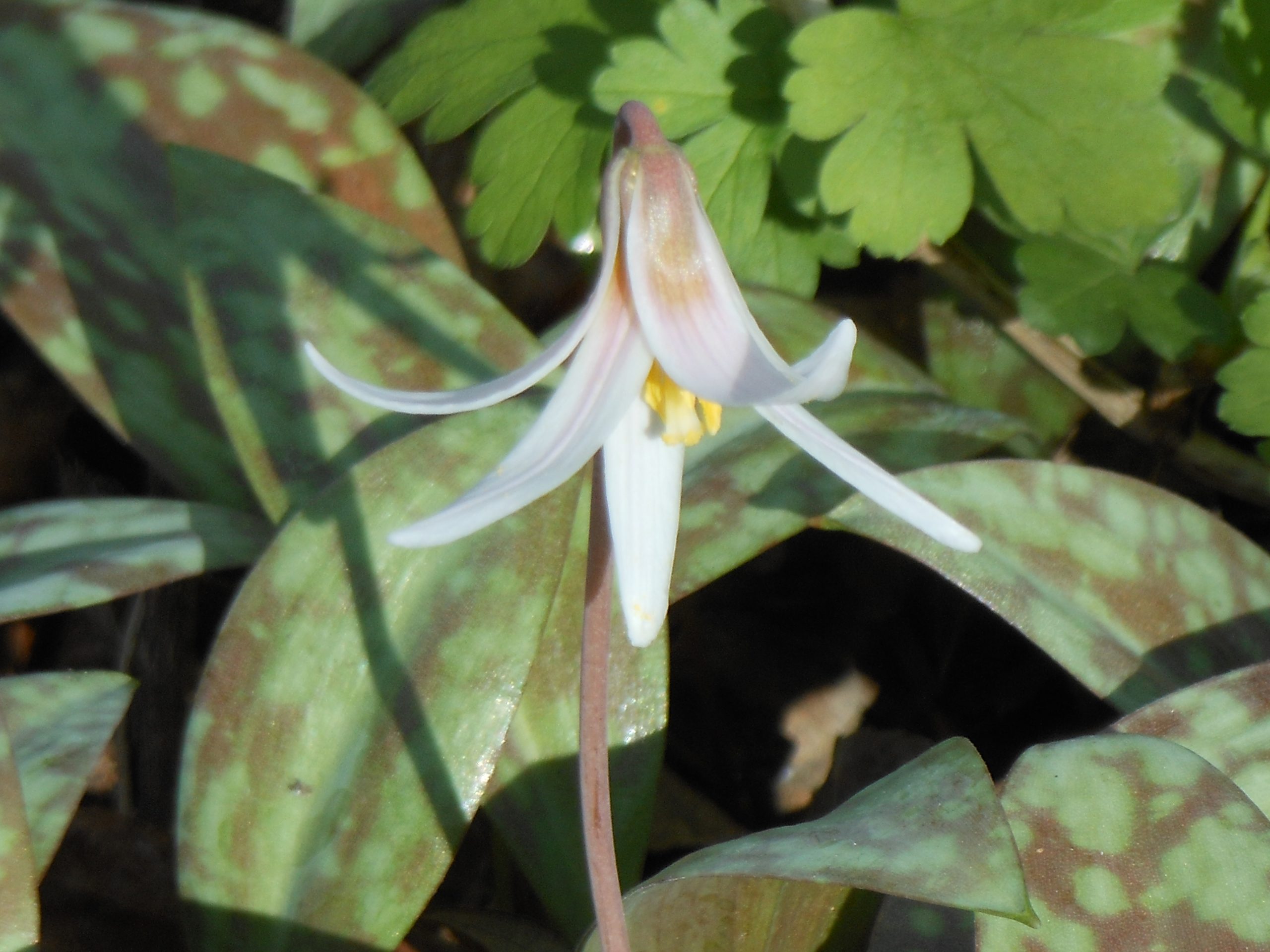
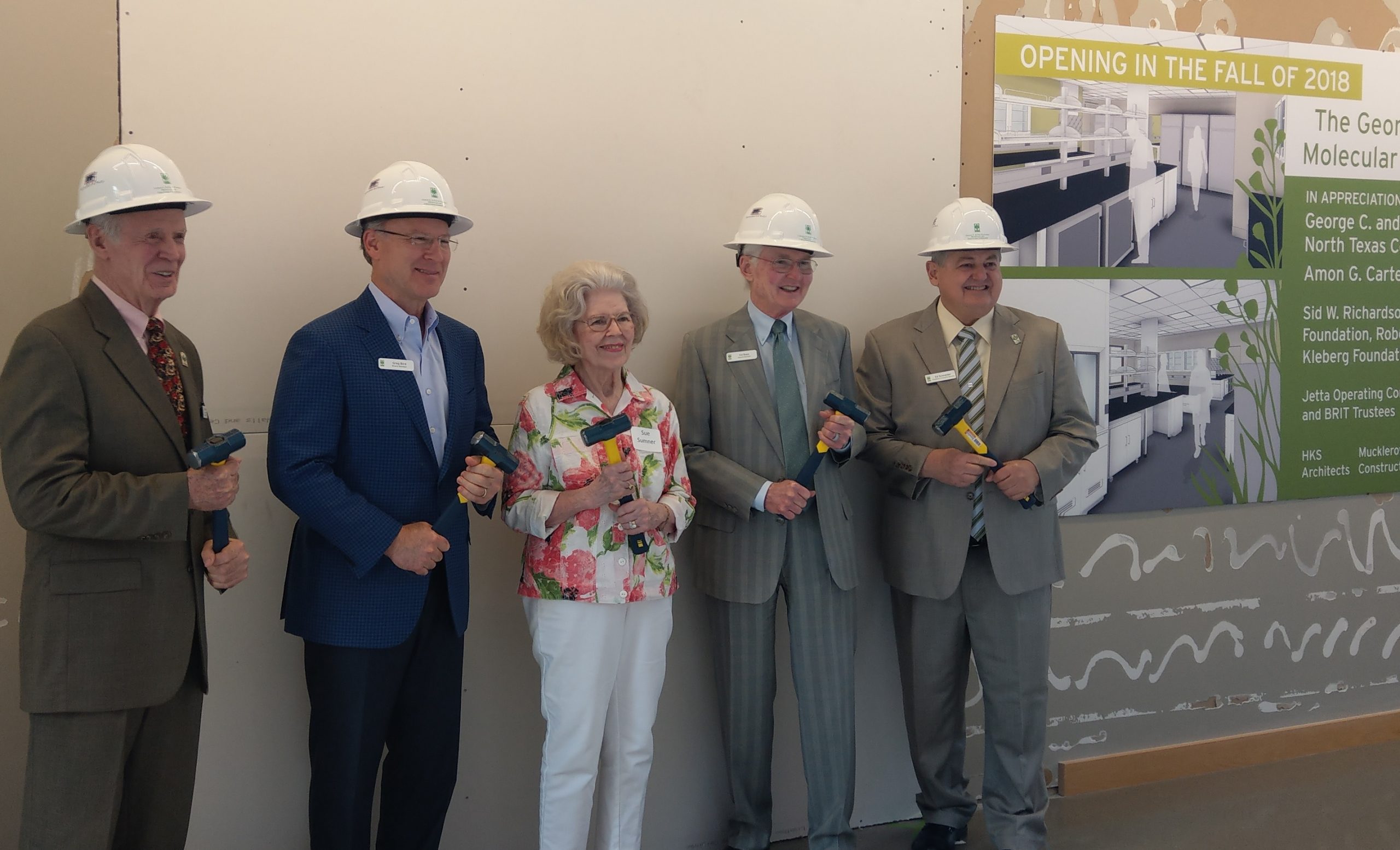
-
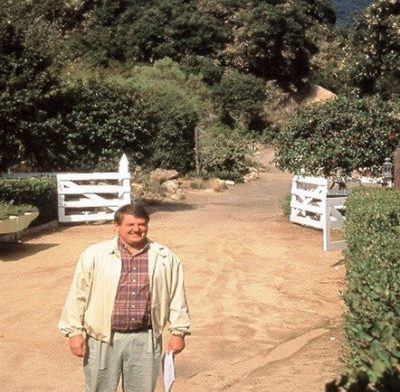
The first institution that Dr. Schneider brought into the CPC network while he was at the helm was Santa Barbara Botanical Garden in 1995 – the year of this photo. -
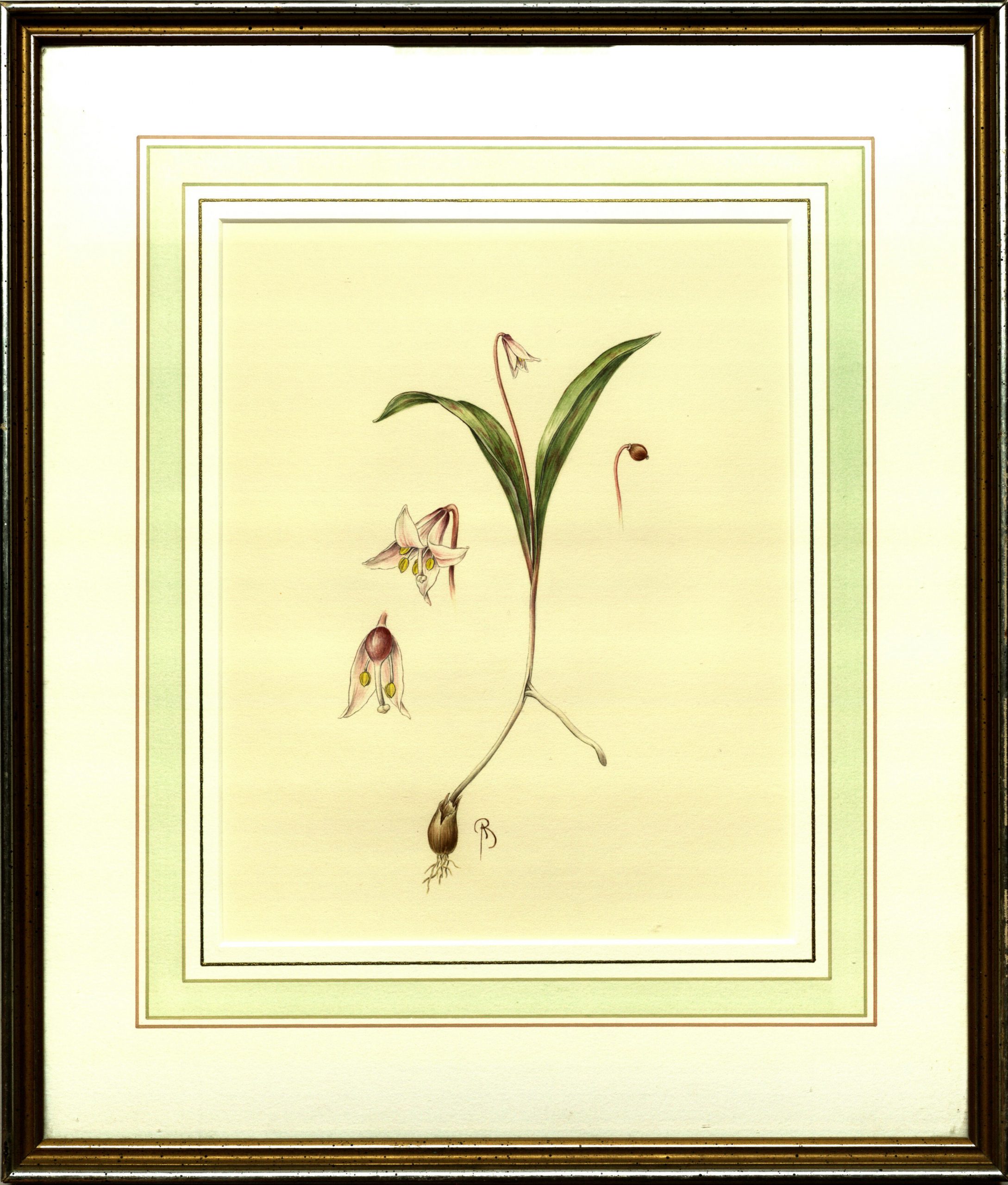
Water color illustration by Bobby Angel of the endangered Minnesota dwarf trout lily (Erythronium propullans). -
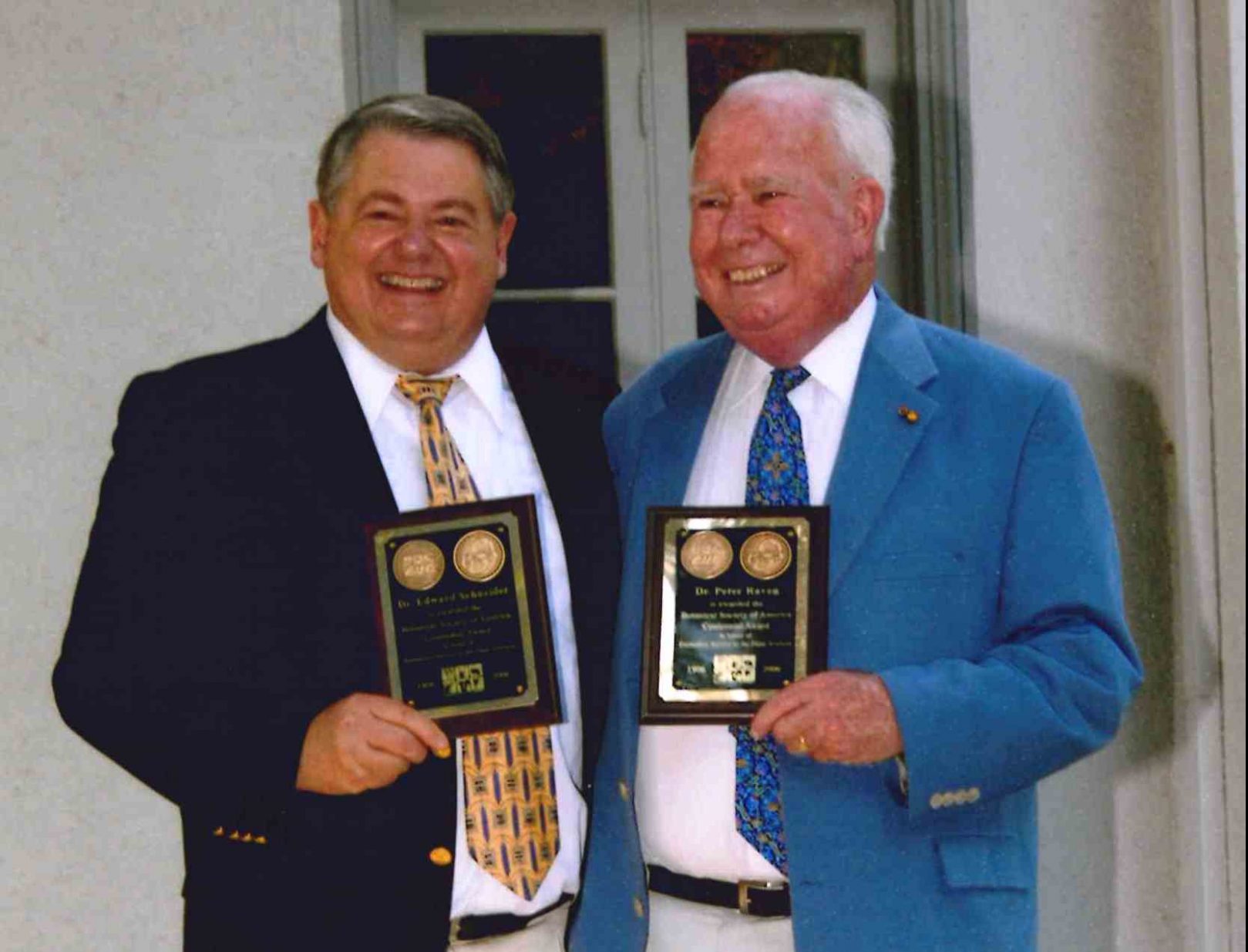
In 2006, the Botanical Society of America marked their 100 years as an organization with the creation of the Centennial Award. Both Dr. Edward Schneider and Dr. Peter Raven were presented the award, recognizing outstanding service to the plant sciences and the Society.